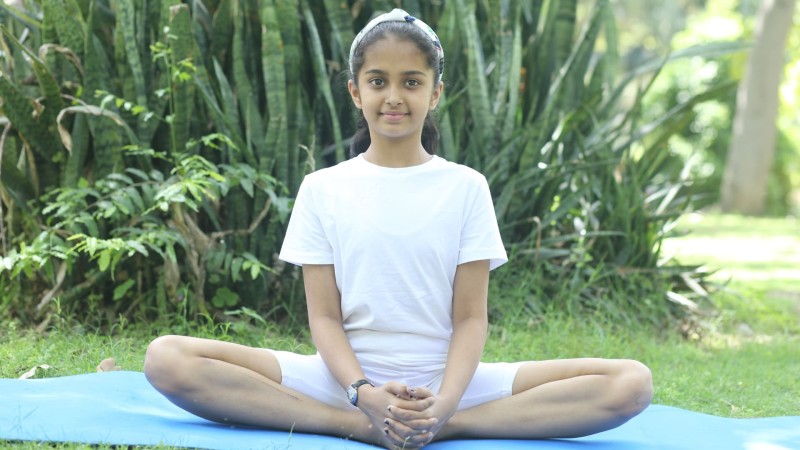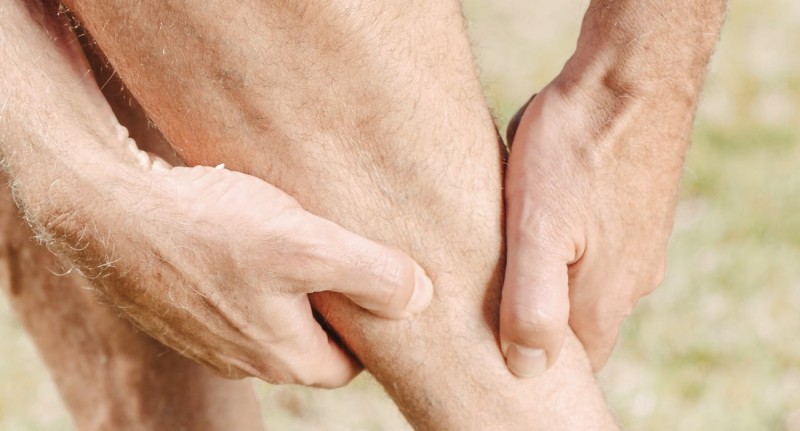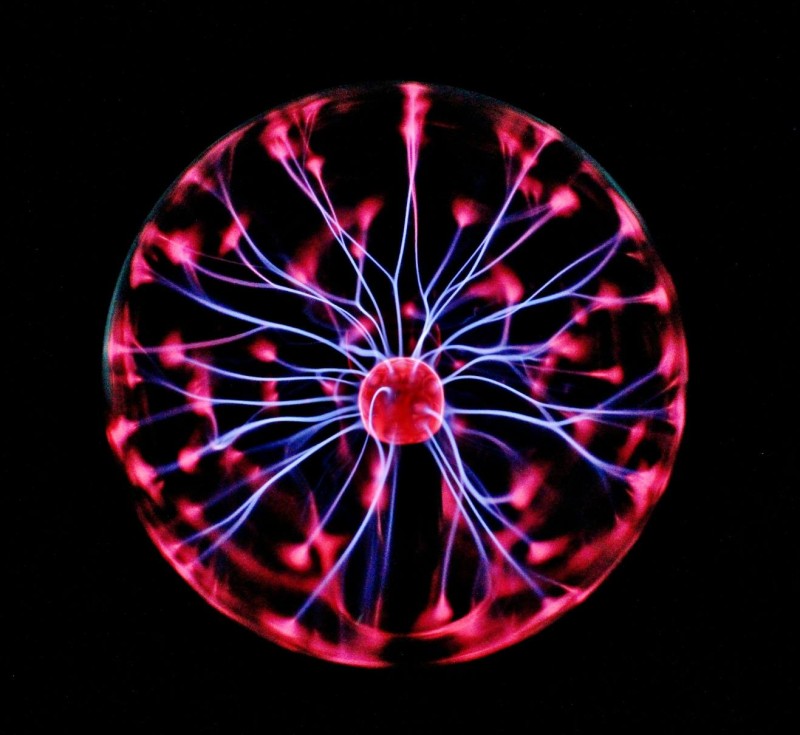Yoga, a practice that combines physical postures, breathing exercises, and mindfulness, offers numerous benefits for people of all ages. For kids, yoga can be an engaging way to develop flexibility, strength, concentration, and relaxation skills. In today's fast-paced world, introducing children to yoga can also provide them with tools to manage stress and enhance their emotional well-being. This blog will explore some easy yoga poses that are perfect for kids, ensuring they have fun while reaping the benefits of this ancient practice.
Benefits of Yoga for Kids
Before diving into the specific poses, it’s important to understand why yoga can be so beneficial for children:
- Physical Health: Yoga for kids online enhances flexibility, strength, and coordination. Regular practice can also improve posture and balance.
- Mental Health: Yoga promotes concentration and calmness. It can help children develop better focus and reduce symptoms of anxiety. For better understanding,check out our blog “What Are The Effects Of Yoga On Mental Health?”
- Emotional Regulation: Through mindful breathing and relaxation techniques, yoga teaches kids how to manage their emotions.
- Self-Esteem: Successfully mastering yoga poses can boost a child's confidence and self-esteem.
- Social Skills: Group yoga sessions encourage cooperation and can enhance social skills through shared experiences and interactions.
Easy Yoga Poses for Kids
Here are some simple and enjoyable yoga poses that are perfect for kids. Each pose includes a brief description and tips for making it fun and engaging for children.
1. Mountain Pose (Tadasana)
Mountain Pose is a basic standing pose that helps improve posture and balance.
How to Do It:
- Stand with feet together or hip-width apart.
- Press the feet firmly into the ground.
- Lift the chest, roll the shoulders back, and reach the arms overhead with palms facing each other.
- Keep the body straight and tall, like a mountain.
Tips:
- Encourage kids to imagine they are strong and tall like a mountain.
- Use a fun visualization, such as imagining roots growing from their feet into the earth.
2. Tree Pose (Vrksasana)
Tree Pose improves balance and concentration while strengthening the legs.
How to Do It:
- Stand in Mountain Pose.
- Shift weight onto the left foot and place the right foot on the inner left thigh or calf (avoid the knee).
- Bring palms together at the heart or stretch arms overhead.
- Balance and focus on a point in front of them.
Tips:
- Encourage kids to sway gently like a tree in the wind.
- Use fun imagery, such as being a tree with bird nests in their branches.
3. Downward-Facing Dog (Adho Mukha Svanasana)
Downward-Facing Dog stretches the entire body and calms the mind.
How to Do It:
- Start on hands and knees.
- Tuck the toes and lift the hips towards the ceiling, forming an inverted V shape.
- Keep the hands shoulder-width apart and the feet hip-width apart.
- Relax the head and neck.
Tips:
- Encourage kids to pretend they are playful puppies stretching.
- Have them wiggle their hips and bark gently to make it fun.
4. Cat-Cow Pose (Marjaryasana-Bitilasana)
Cat-Cow Pose warms up the spine and improves flexibility.
How to Do It:
- Start on hands and knees in a tabletop position.
- For Cow Pose, inhale and arch the back, lifting the tailbone and head towards the ceiling.
- 3. For Cat Pose, exhale and round the spine, tucking the chin to the chest.
- 4. Repeat, moving smoothly between the two poses.
Tips:
- Encourage kids to meow and moo as they move through the poses.
- Make it a game by having them guess which animal they are imitating.
5. Child’s Pose (Balasana)
Child’s Pose is a restful pose that promotes relaxation and gentle stretching.
How to Do It:
- Start on hands and knees.
- Sit back on the heels and lower the forehead to the ground.
- Stretch the arms forward or let them rest by the sides.
- Breathe deeply and relax.
Tips:
- Encourage kids to imagine they are cozy and safe, like a little seed in the ground.
- Use soft, calming music to enhance the relaxation.
6. Cobra Pose (Bhujangasana)
Cobra Pose strengthens the back and opens the chest.
How to Do It:
- Lie on the stomach with hands under the shoulders.
- Press into the hands and lift the chest off the ground, keeping the elbows slightly bent.
- Look forward or slightly upward.
Tips:
- Encourage kids to pretend they are snakes slithering through the grass.
- Use fun snake hissing sounds to make it more engaging.
7. Butterfly Pose (Baddha Konasana)
Butterfly Pose stretches the inner thighs and groin while promoting relaxation. How to Do It:
- Sit with the feet together and knees bent out to the sides.
- Hold the feet with the hands and gently flap the knees up and down like butterfly wings.
- Sit up tall and breathe deeply.
Tips:
- Encourage kids to imagine they are beautiful butterflies.
- Ask them what colors their butterfly wings are to stimulate imagination.
8. Happy Baby Pose (Ananda Balasana)
Happy Baby Pose opens the hips and stretches the inner thighs.
How to Do It:
- Lie on the back and bend the knees towards the chest.
- Hold the feet with the hands, keeping the knees bent.
- Gently rock side to side.
Tips:
- Encourage kids to pretend they are happy babies.
- Use playful sounds or a soothing lullaby to enhance the experience.
9. Warrior II Pose (Virabhadrasana II)
Warrior II Pose builds strength and stamina while improving focus and balance. How to Do It:
- Stand with feet wide apart.
- Turn the right foot out and bend the right knee, keeping the left leg straight.
- Stretch the arms out to the sides, parallel to the ground, and look over the right hand.
- Hold and breathe, then switch sides.
Tips:
- Encourage kids to imagine they are brave warriors.
- Use empowering affirmations like “I am strong” or “I am brave.”
10. Corpse Pose (Savasana)
Corpse Pose is a relaxation pose that helps the body and mind rest.
How to Do It:
- Lie on the back with legs and arms comfortably spread out.
- Close the eyes and breathe deeply, relaxing every part of the body.
- Stay in this pose for a few minutes.
Tips:
- Use a guided relaxation or story to help kids relax.
- Encourage them to imagine floating on a cloud or lying on a beach.
Making Yoga Fun for Kids
To keep children engaged and make yoga enjoyable, consider the following tips:
- Use Stories and Imagery: Integrate storytelling and imaginative play into the poses. For example, tell a story about a jungle adventure where they encounter different animals (poses) along the way.
- Incorporate Music and Sounds: Use music, animal sounds, or nature sounds to make the practice more dynamic and fun.
- Keep It Short and Sweet: Kids have shorter attention spans, so keep the yoga sessions brief (10-15 minutes) and gradually increase the duration as they get more accustomed to the practice.
- Interactive Games: Join online yoga classes and turn yoga poses into games or challenges. For example, see who can hold Tree Pose the longest or play a yoga version of Simon Says.
- Positive Reinforcement: Praise and encourage children for their efforts and improvements. Positive reinforcement will keep them motivated and eager to continue.
- Group Activities: If possible, practice yoga with a group of children. Group activities foster social interaction and make the experience more enjoyable.
Conclusion
Yoga can be a wonderful addition to a child's daily routine, providing numerous physical, mental, and emotional benefits. The easy yoga poses outlined in this blog are a great starting point for introducing kids to the practice. By making yoga fun and engaging, children can develop a lifelong love for this healthy and holistic activity. Whether at home, in a classroom, or in a community setting, yoga offers kids a chance to explore their bodies, calm their minds, and enjoy the journey of self-discovery.















